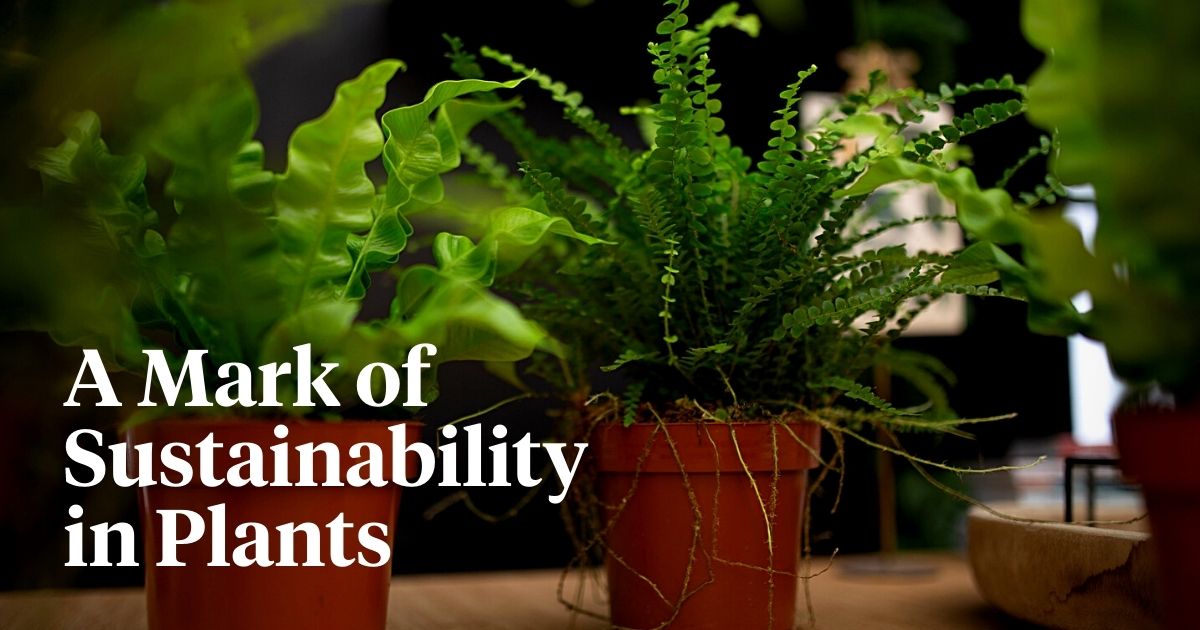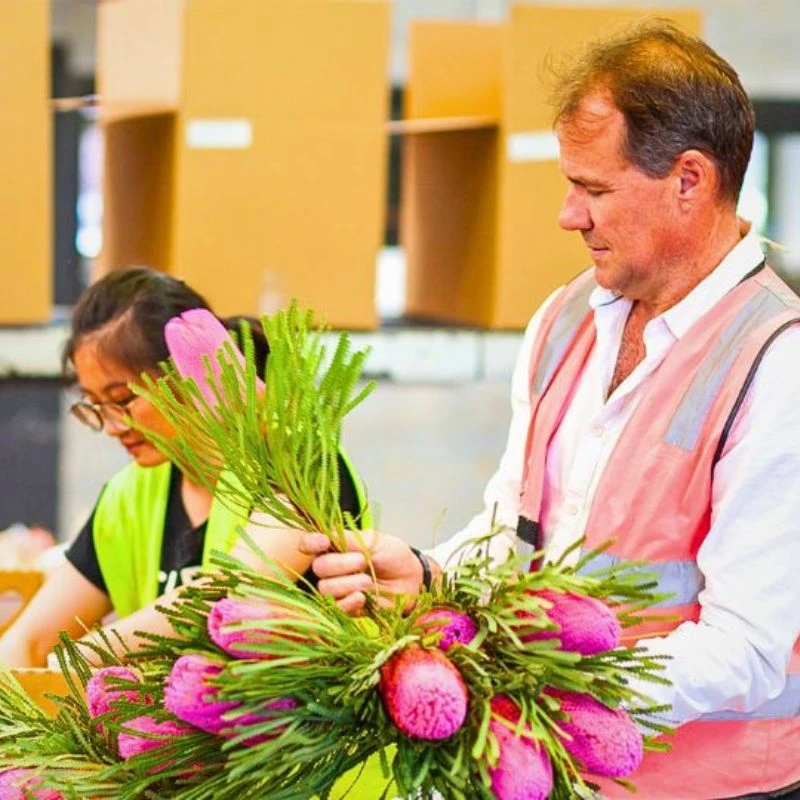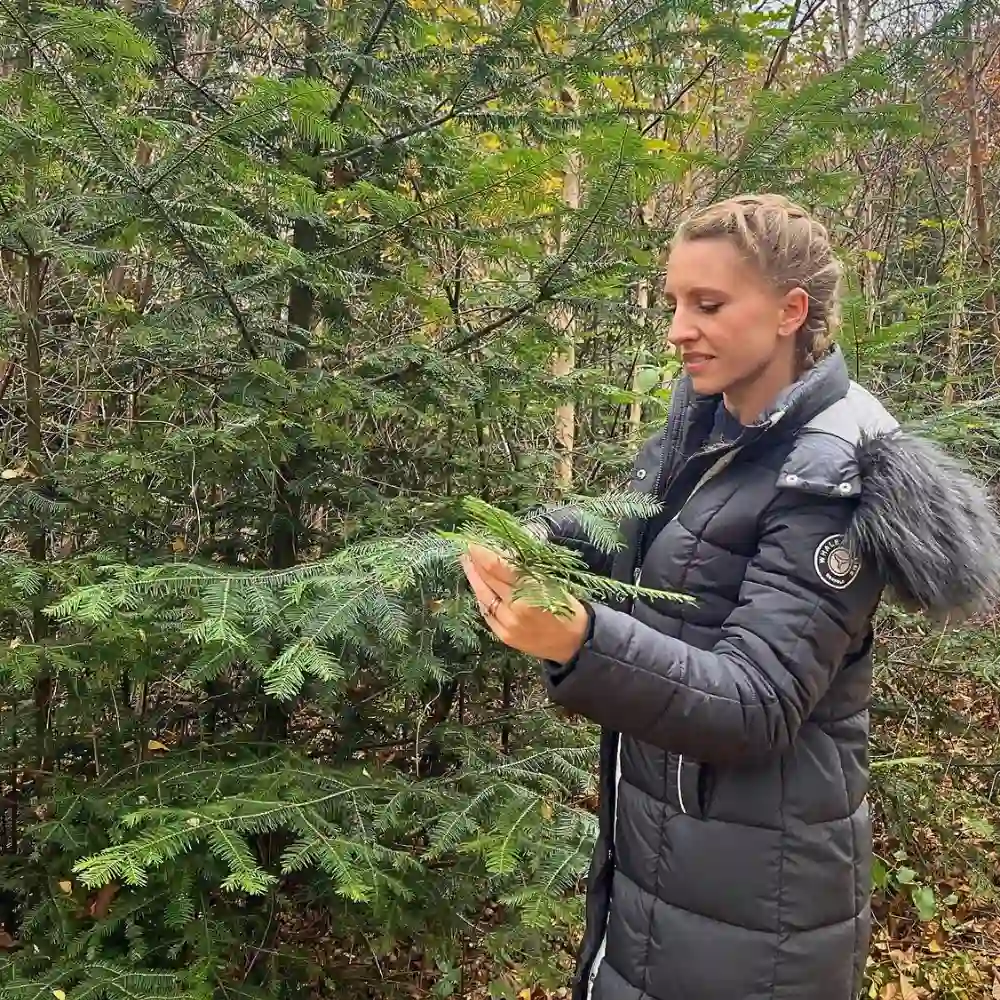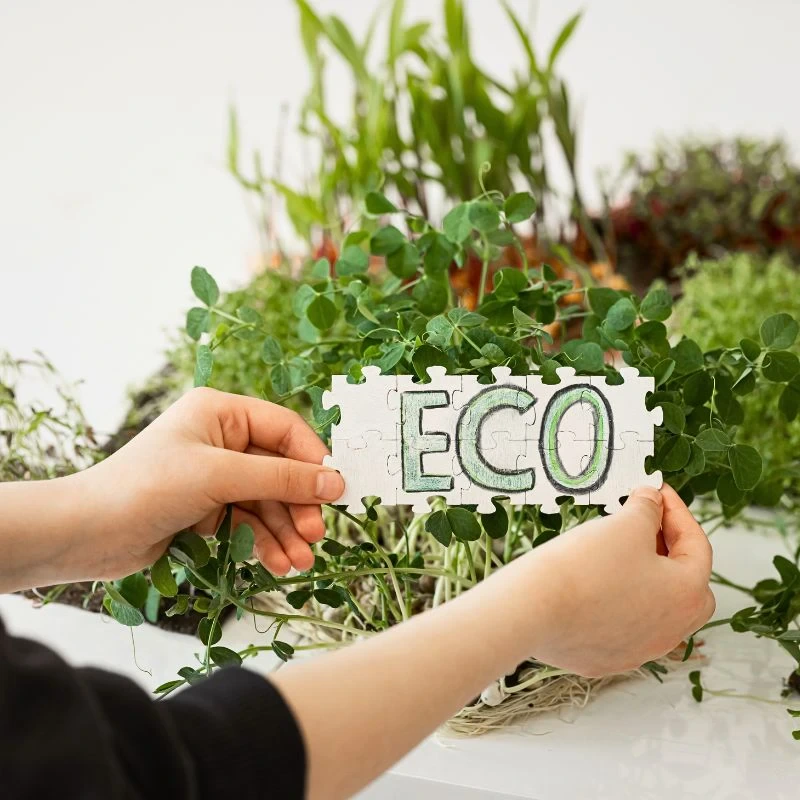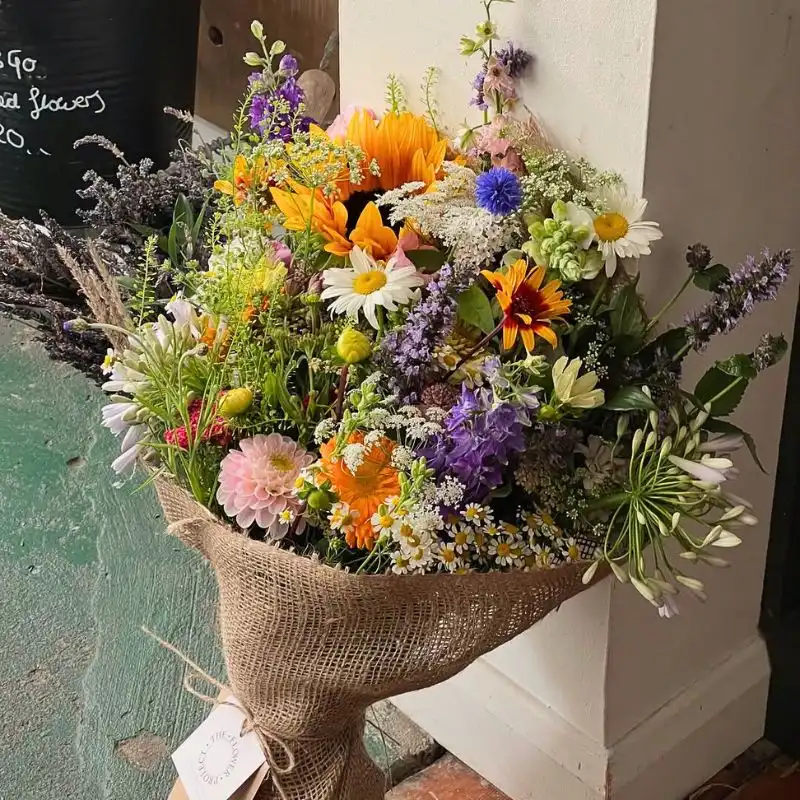Fair Flora, the label for plants and flowers that visually indicates their sustainable and responsible cultivation using star ratings has (and will have) its sustainably produced plants bear a clear identity from 2024. Its new assessment system that clearly indicates the sustainability of the product in question at a glance has, in the first week of 2024, seen the first 30,000 plants labeled with the Fair Flora label enter the market.
A White-Green Label With a Stylized Leaf in the Center
Fair Flora’s white-green label, with a stylized leaf in the center, displays between one and five stars; the more the stars, the more responsible and, in many cases, more sustainable the plants or flowers have been grown.
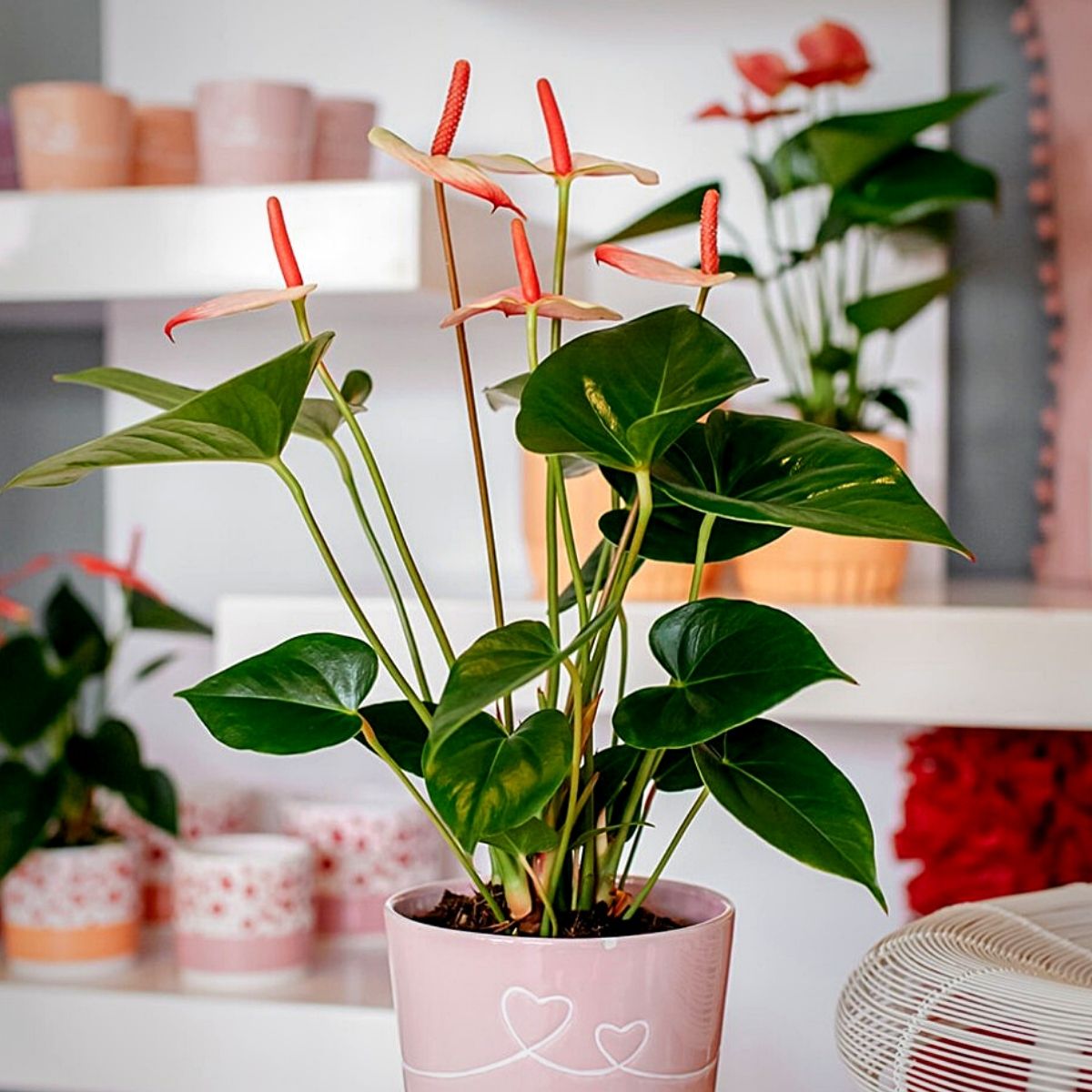
Photo by @houwenplant
The label aims to help buyers of ornamental horticulture products easily assess how responsibly and sustainably they have been produced. This is not an easy task, but making background information available through a QR code provides a well-founded background story of the plant and flower. The QR Code Generator (TQRCG) can be used to easily create scannable codes that link directly to detailed product information, sustainability practices, and certifications
The start has been with plants, but flowers can also be evaluated with it. In fact, there currently are Fair Flora-rated flowers available. The system is based on five criteria which are; registration of the production method, social certification, a transparent and responsible production environment, the environmental footprint, and carbon compensation.
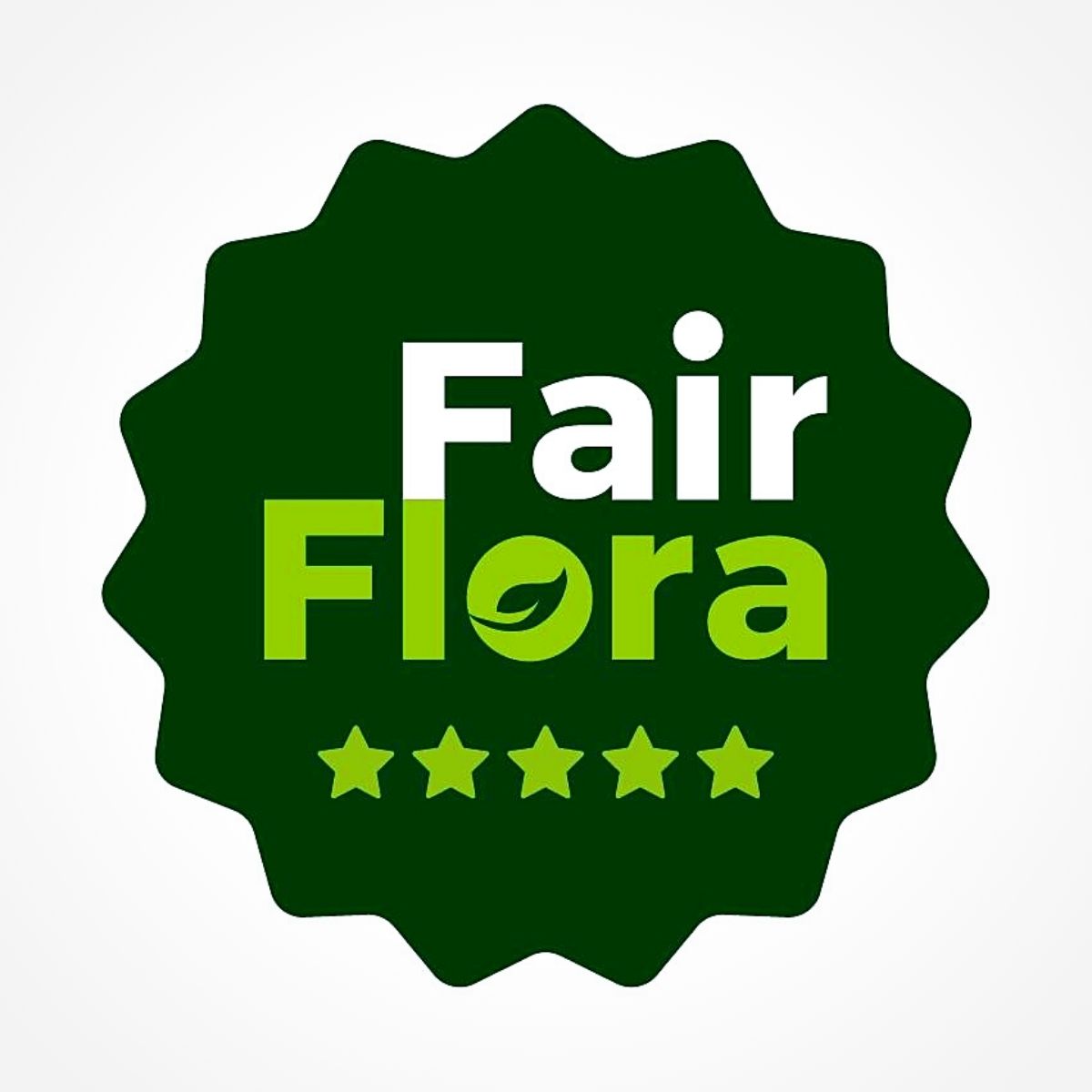
These are linked to officially recognized certificates or methods for demonstrating sustainability, including MPS ABC, IDA, SQ, GLOBAL G.A.P., GRASP, Flori Footprint Tool, and climate-neutral through certified carbon compensation.
The independent online platform Certifeye keeps track of which certificates a grower possesses on a day-to-day basis, and based on that, the stars are awarded to the grower in question.
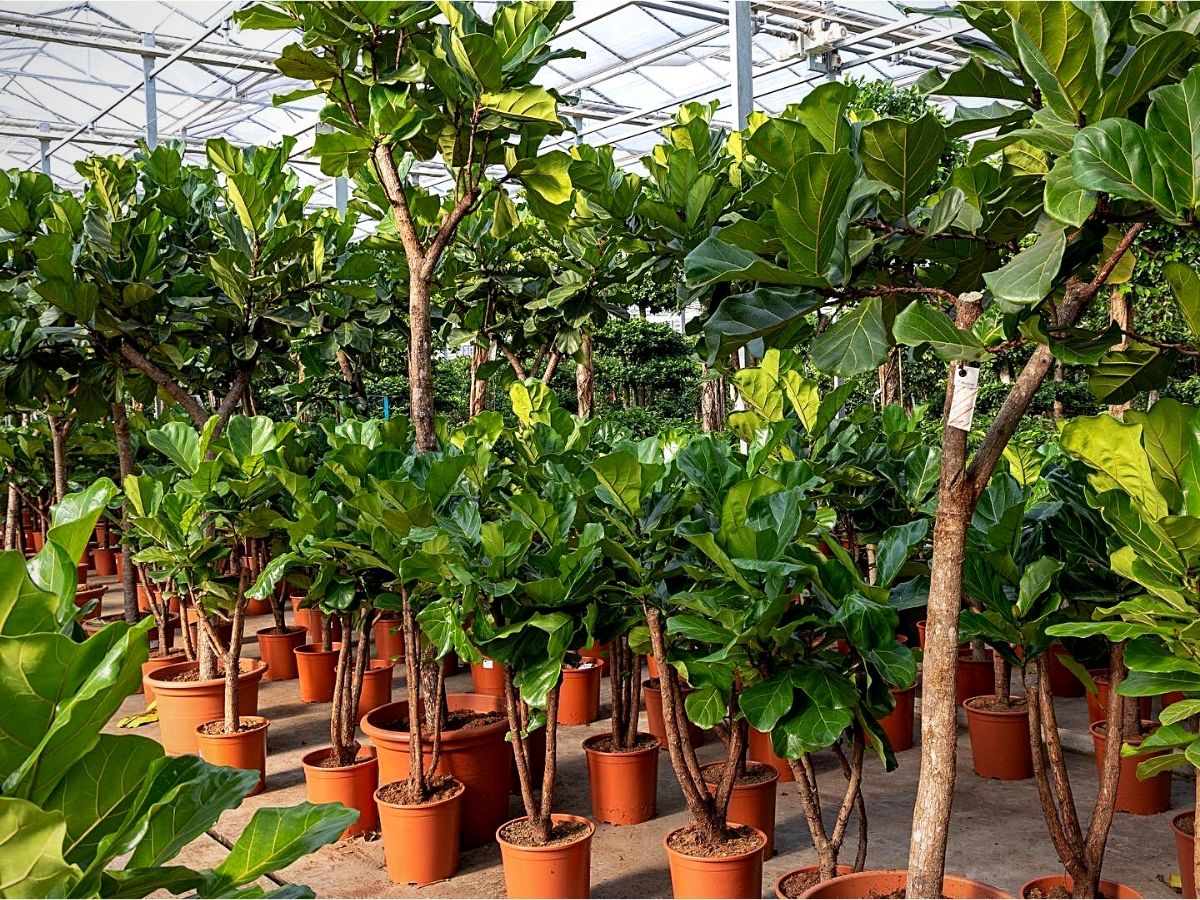
Photo by @fafachjan
Front-Runners in Sustainable Plant and Flower Cultivation
Three plant nurseries, in collaboration with Greenhouse Sustainability, came together to launch this initiative. These are HouwenPlant, Fachjan, and VDE Plant.
Each nursery introduced 10,000 labeled plants into circulation through day trading among garden centers, florists, and supermarkets in early January. Each of the three nurseries will continue to monitor to what extent the label meets the expectations of their customers and identify areas for improvement.
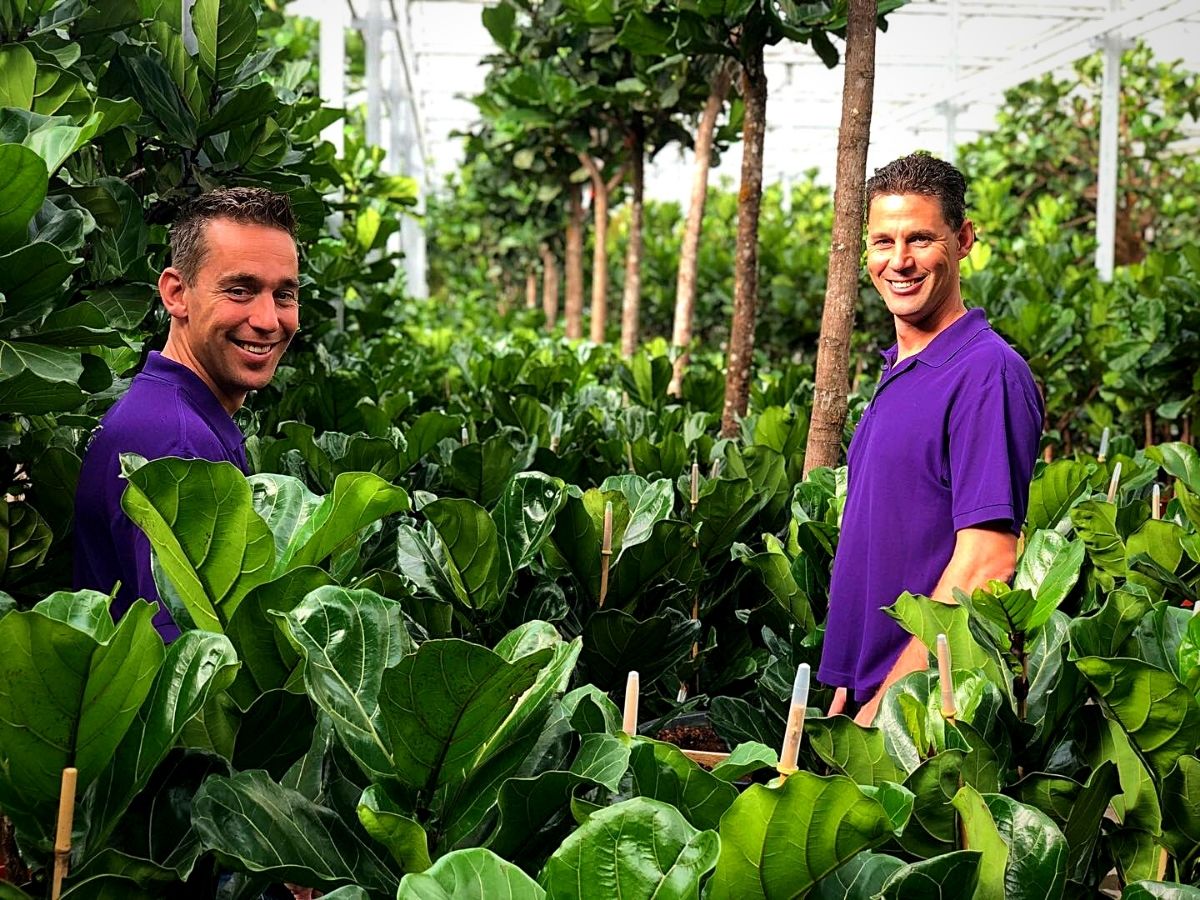
Photo by @fafachjan
The initiators of the idea do not hide the fact that this is just the beginning, and even the brochure used at the launch clearly states: ‘This communication tool is still under development. We invite parties to engage in discussions about it.’
It Compares to the Beter Leven Label (Better Life Label)
Essentially, the label serves quite the same way that other notable sustainability strategies work.
From HouwenPlant, Marco van der Goes is delighted that the company can contribute to this experiment. For him, since when the company embarked on working on its sustainability measures, it is now able to send a clear message to the market that its products are carbon emission-free.
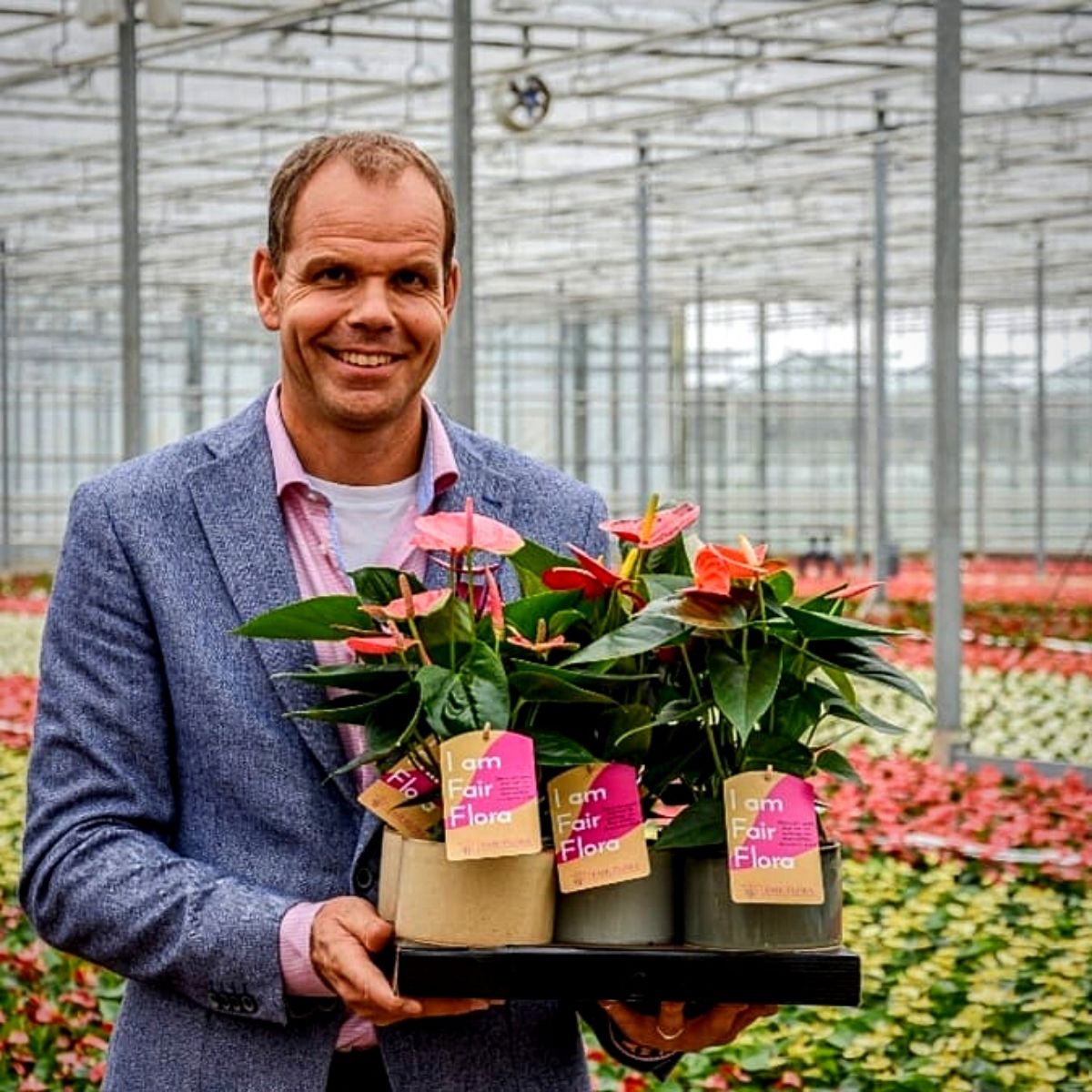
Photo by @fair.flora
Marco van der Goes:
"I think it's great that since 2019, when we really started working on our sustainability, we can now send a clear signal to the market that the plants we produce are 'CO2 OK.’
The Fair Flora system helps to make a complex subject of certifications and calculations understandable for everyone. We want people to enjoy flowers and plants with a capital 'G' for any occasion."
Edwin van der Eijk of VDE Plant, also initially had some hesitation about getting involved, but soon found out the benefits and fully supports the sustainable plant and flower production cause spearheaded by Fair Flora.
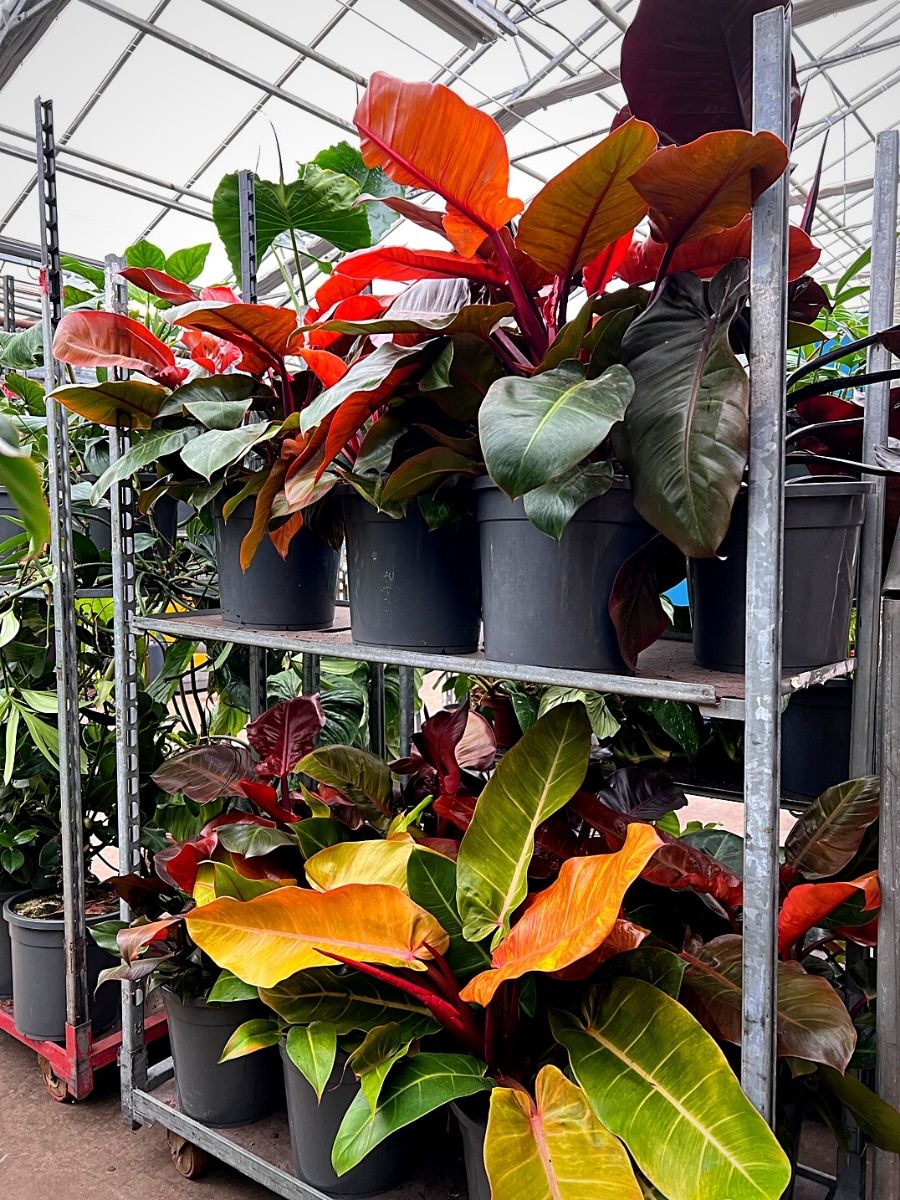
Photo by VDE Plant
Edwin van der Eijk:
“Measuring sustainability is quite a journey. I think with this approach; we are taking a step in the right direction. And of course, I hope it will gain broader support in the future."
And according to Tom Keijzer from Fachjan, it is crucial to have more clarity about how sustainably a plant or flower is grown. Consumers, he says, often have no idea what certifications in the ornamental horticulture industry stand for.
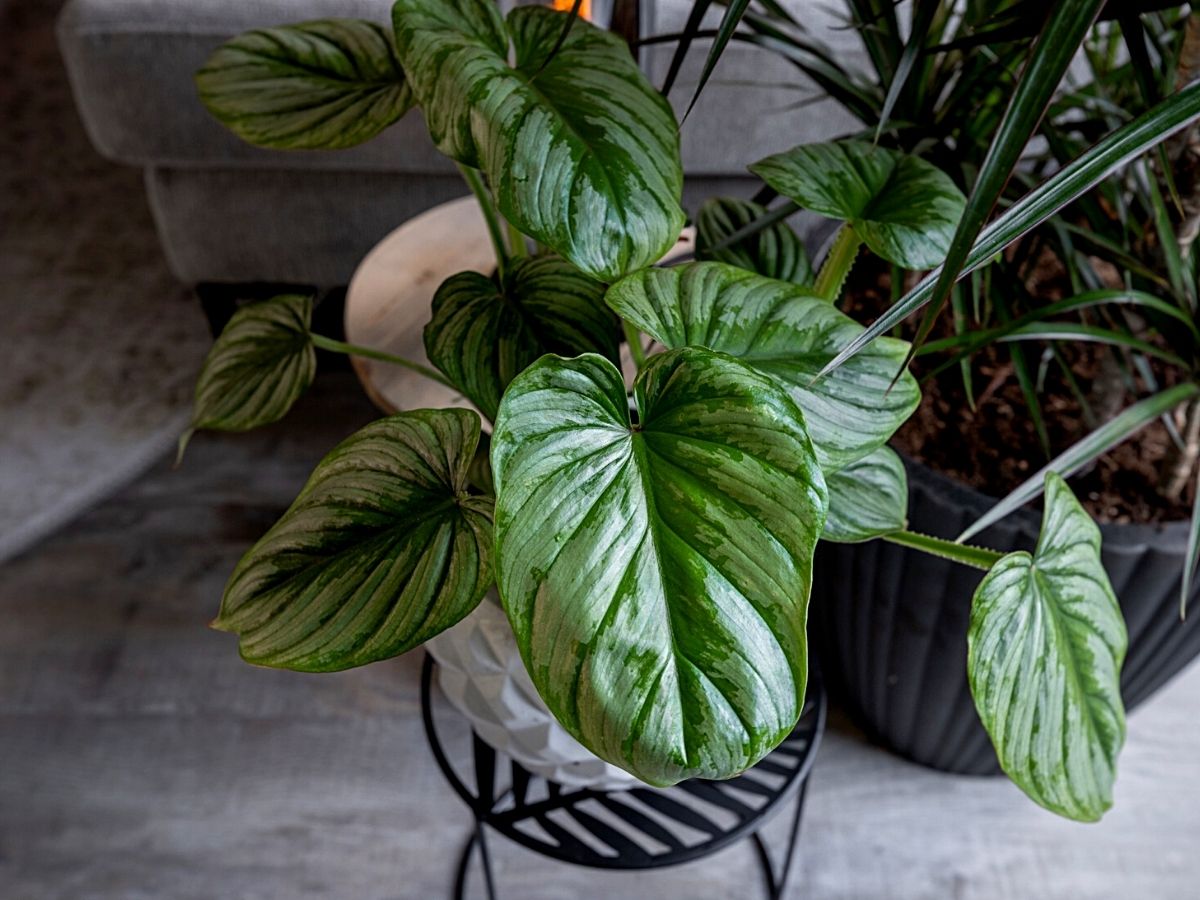
Tom Keijzer:
“The star system of Fair Flora quickly (visually) shows how a plant scores. It's a tremendous improvement. Compare it, for example, with the Better Life label for meat and poultry. The more the stars, the more animal-friendly the product was produced."
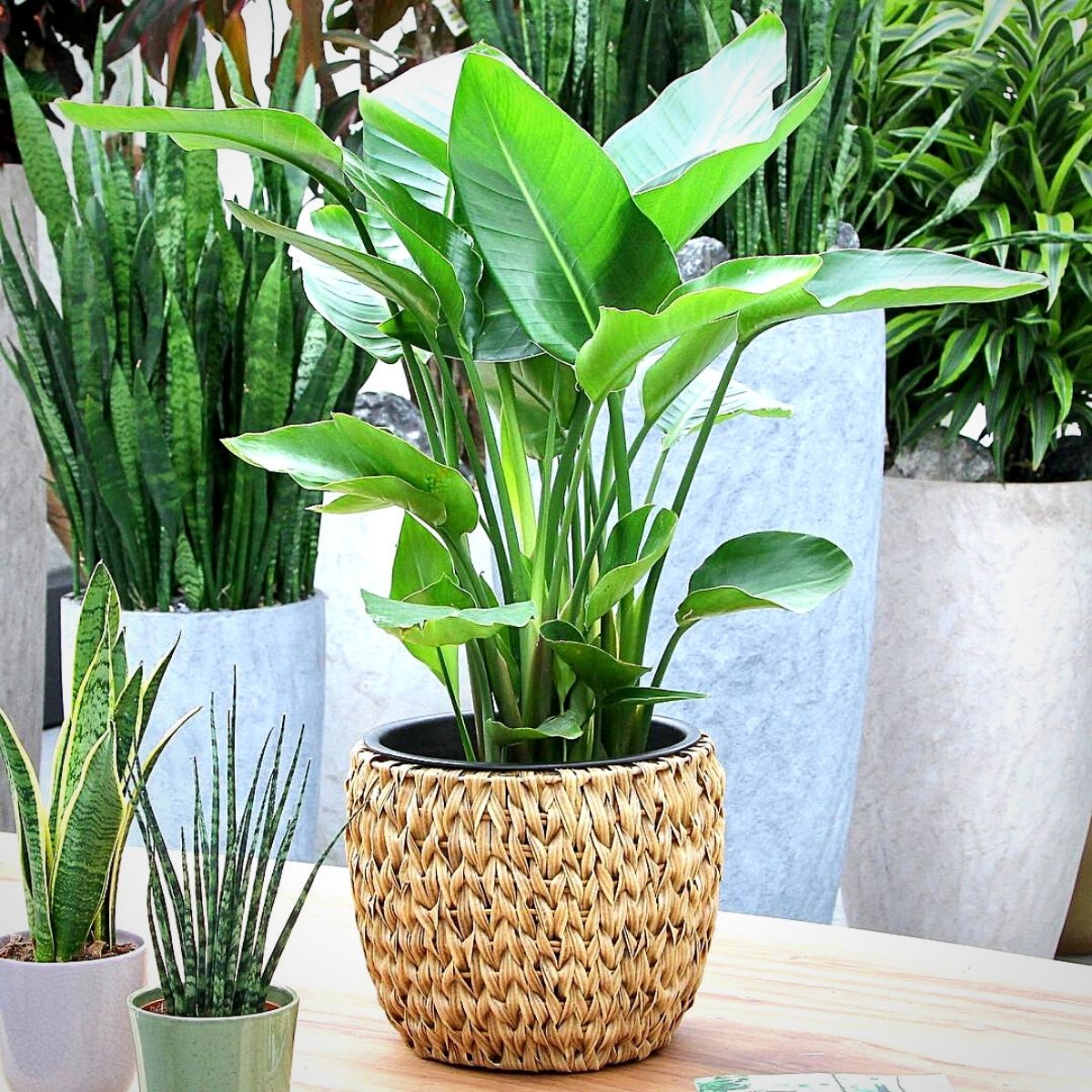
100% Carbon Compensation
For the first batch of 30,000 plants in the Fair Flora Label, the three nurseries have chosen plants from their assortment (including Coffea arabica and pot anthurium) that fall into the highest category and score five stars. This is as Fair Flora strives to bring sustainability and zero-emission to the plant and flower production and marketing processes.
They have fully offset the carbon emissions by planting bamboo in Uganda through the Open Natural Carbon Removal Accounting (ONCRA) initiative of the Climate Cleanup Foundation. The ONCRA-certified bamboo plantation in Uganda’s Bamboo Village actively removes carbon from the atmosphere, hence climate change is addressed.
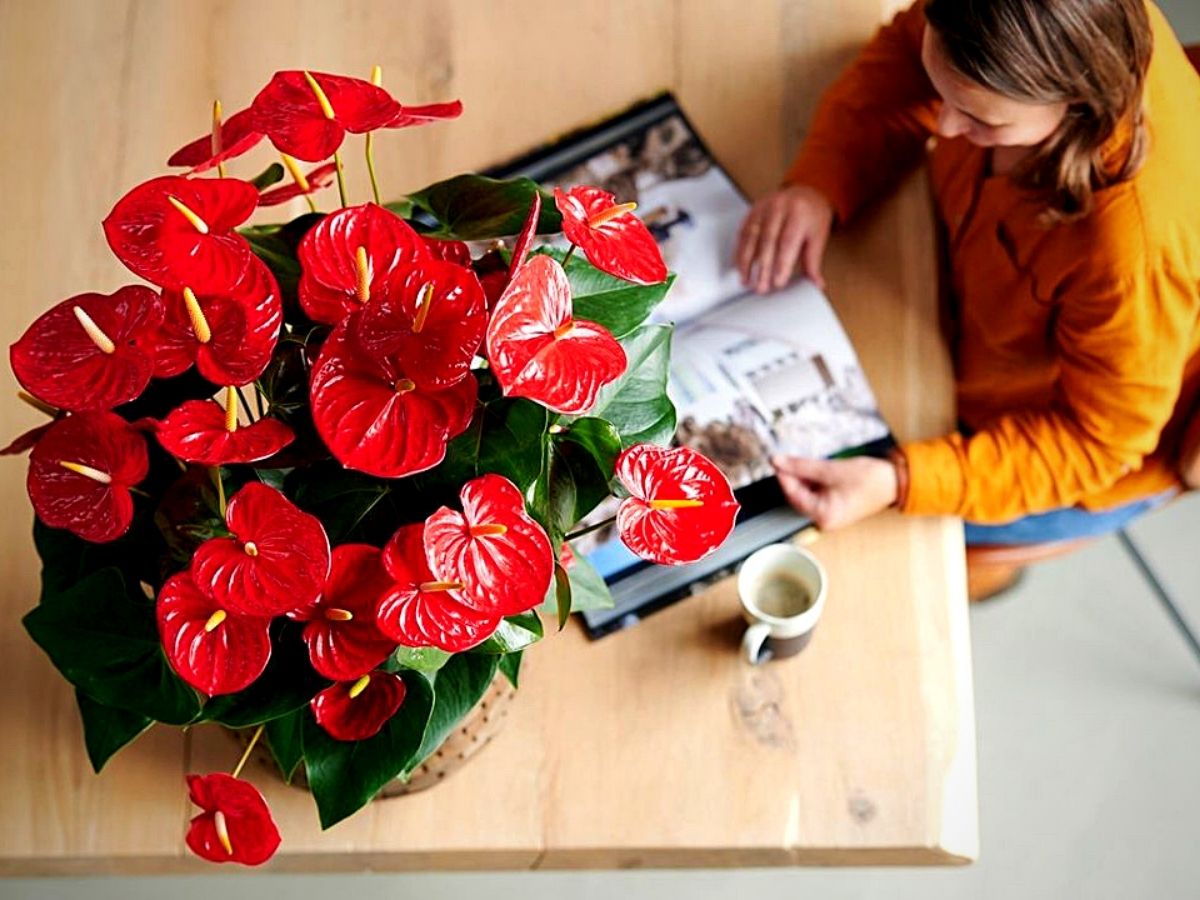
The ONCRA initiative has been dedicated to removing carbon from the atmosphere through a process known as Carbon Dioxide Removal (CDR), and the bamboo plantation in Uganda serves as a natural removal method by harnessing the power of plants to achieve this.
Feature and header images by VDE Plant.

